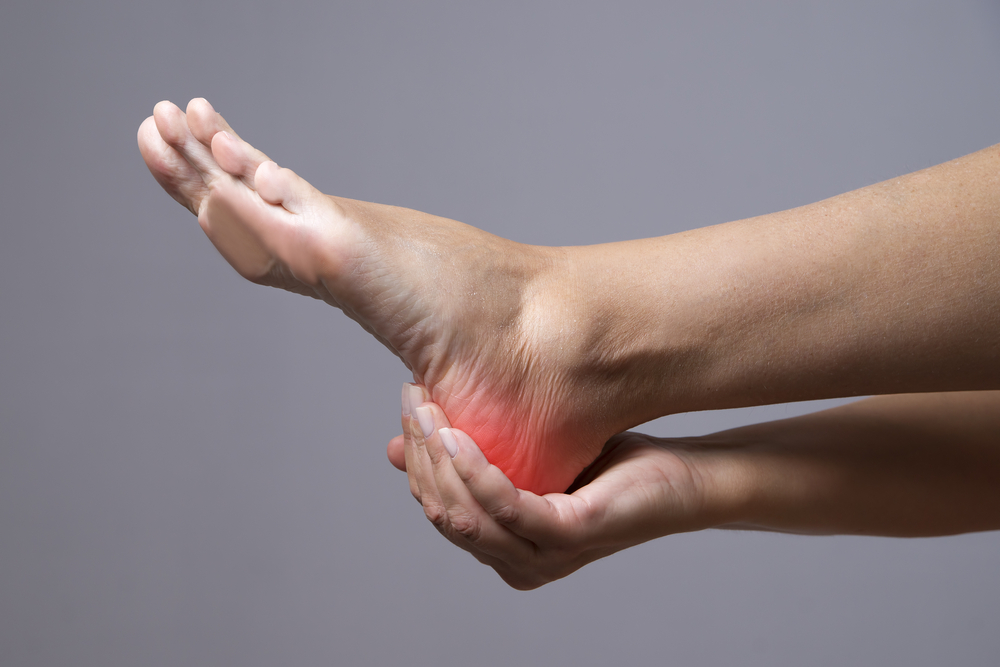
Poliomyelitis (polio), is an infectious disease caused by the poliovirus. Poliomyelitis, often referred to as polio, is a highly infectious viral disease that primarily affects the nervous system. It is caused by the poliovirus, which is a member of the enterovirus family. Polio has historically been a significant global health concern, leading to paralysis and, […]






